
Thumper began as an idea back in 2008, when high-quality VR was just a fantasy. Last October, we were proud to release Thumper alongside PS VR. It’s been an honor to hear from so many PlayStation gamers who made Thumper their first VR experience!
My co-developer Brian Gibson and I handcrafted our own engine, tools, and embraced risk as we developed Thumper. But perhaps our biggest gamble was deciding to add VR support to Thumper. In most VR games, you, the player, are a human interacting with a virtual environment based on our world. But the world of Thumper is abstract and alien. And you are a space beetle. Without any real-world frame of reference, we had to figure out what Thumper should feel like in VR.
First, we had to decide how large everything in the world is relative to the player. As a starting point, we tried making the player’s character (a space beetle) very large – approximately 15 meters wide in real-world units. This didn’t have the feeling we wanted. When you are this small relative to the game world, moving your head around results in little or no change of perspective. The beetle and in-game objects feel distant, detached, and lack intensity.
So, we made the player much larger. We tried making the beetle about the size of the player’s head. This made things more intense. In fact, it was too intense. At this size, crashing through the game’s many obstacles and sharp turns felt like getting smacked in the face! We thought it best to spare our players from this level of punishment.
Finally, we adjusted the player size so the beetle is about 40 centimeters wide in real-world units. At this size, the path the beetle travels down is just wider than your shoulders. It makes it feel like you’re sliding down a long chute in a children’s playground. As soon as we played the game like this, we knew the feeling was perfect.
A wonderful thing about VR is that visuals are no longer constrained to a static rectangular frame. Players can look around in any direction. We took advantage of this to make our boss encounters more epic in VR. In the image below, you can see Crakhed, the final boss of Level 1, as he looks in normal 2D mode.
But when you reach Crakhed in VR, he is four times bigger! At this size, he looms over the player and encountering him is more ominous and overwhelming.
We made many more minor adjustments to perfect Thumper’s VR mode. But a big technical challenge remained. On PS4, Thumper runs at 1080p and 60 frames per second. That translates to about 124 million pixels per second. On PS VR, we found that the best experience required the game to run at 90 frames per second. We also didn’t want to sacrifice visual fidelity, so our VR mode uses 1.4x super-sampling and high quality anti-aliasing. All that translates to about 366 million pixels per second. So to achieve our visual goals for PS VR, we had to find a way to triple our rendering speed!
Fortunately, with the help of Sony engineers, we were able to improve our custom engine and better utilize PS4’s graphics processor. It was one of the most difficult things we’ve ever done, but I’m proud to say Thumper runs at a rock solid 90 frames per second on PS VR. A nice side benefit of our intense optimization effort is that Thumper’s renderer became much more efficient overall. With the added power of PS4 Pro, you can play Thumper in native 4K at 60 frames per second – a staggering 500 million pixels per second. And if you play in VR on PS4 Pro, the visuals are clearer and even more immersive.



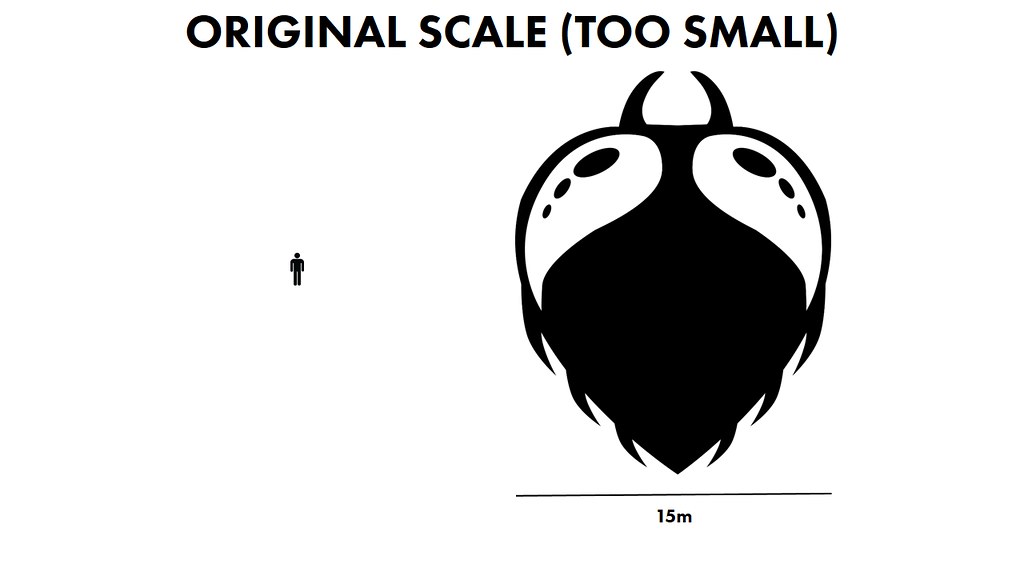
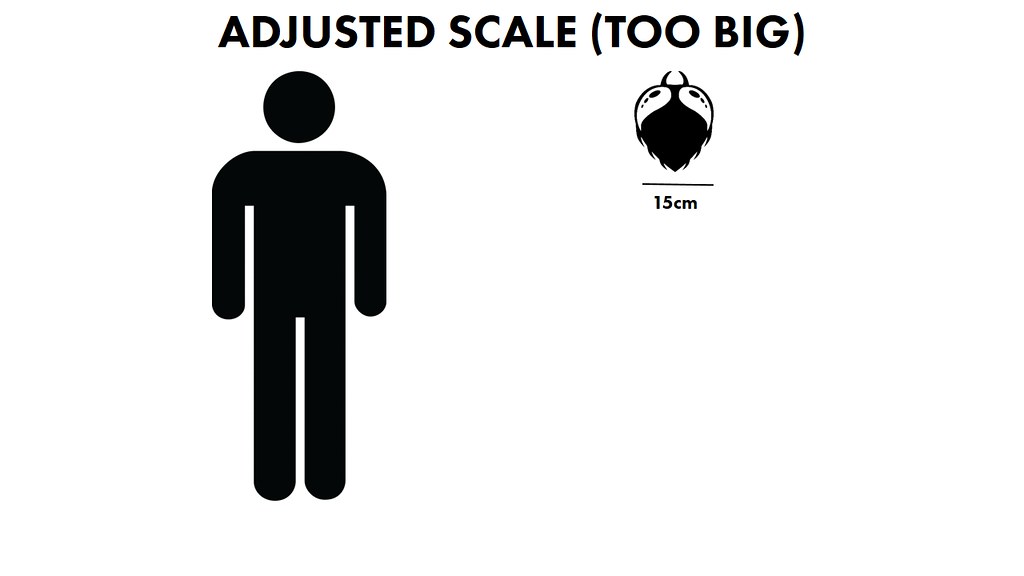
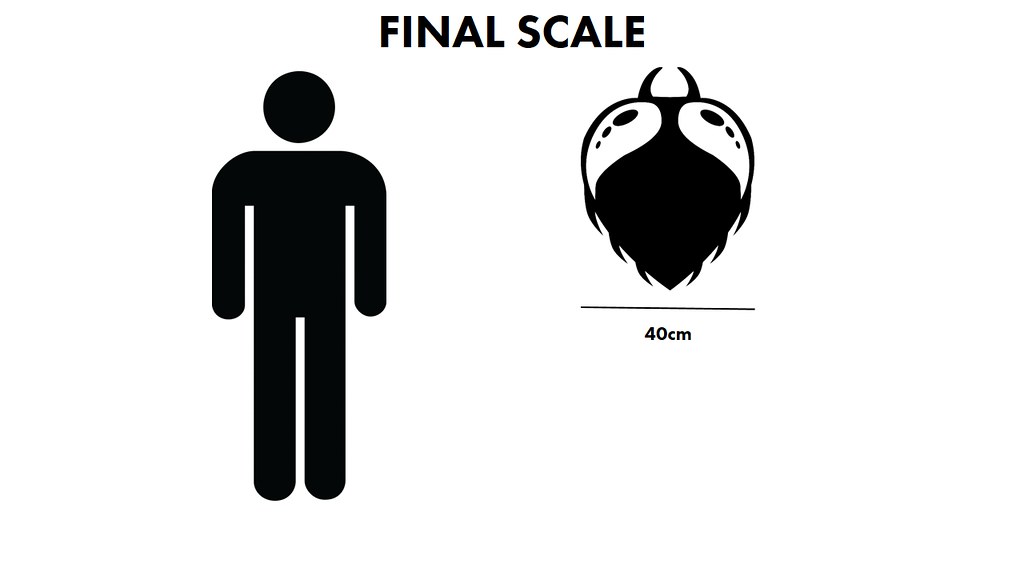

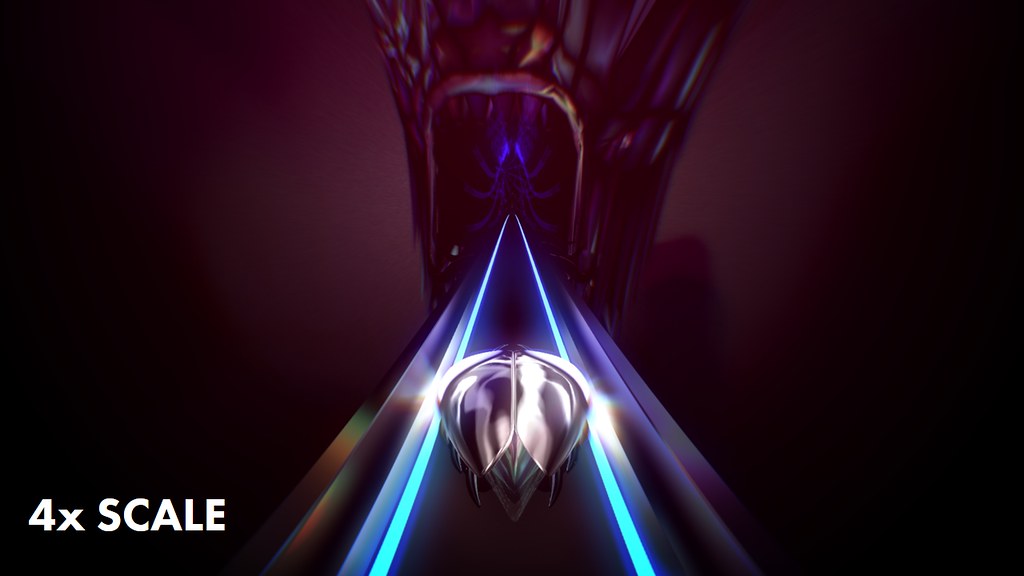



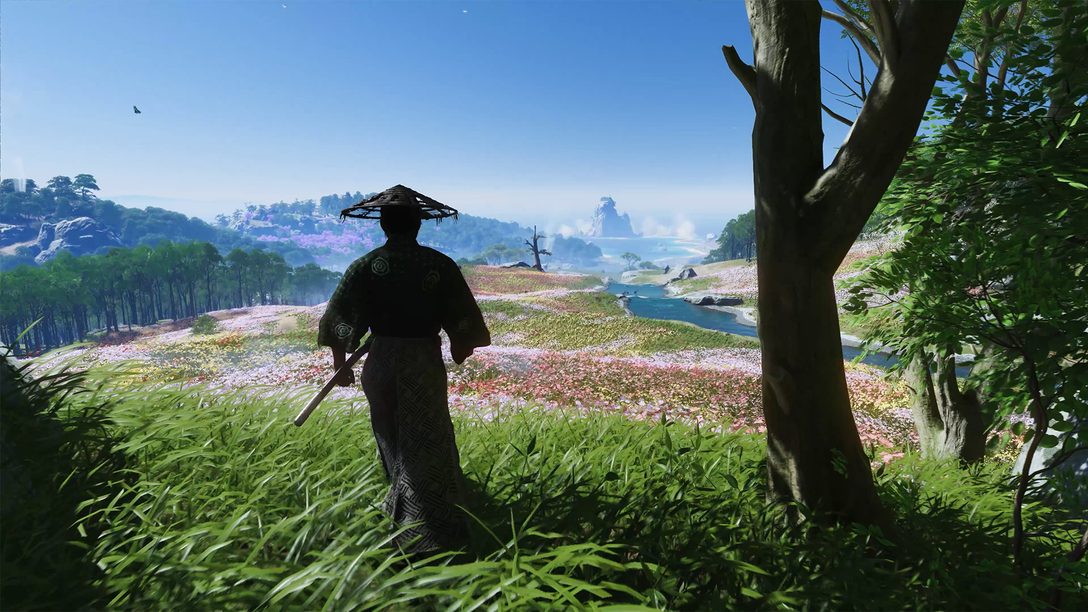
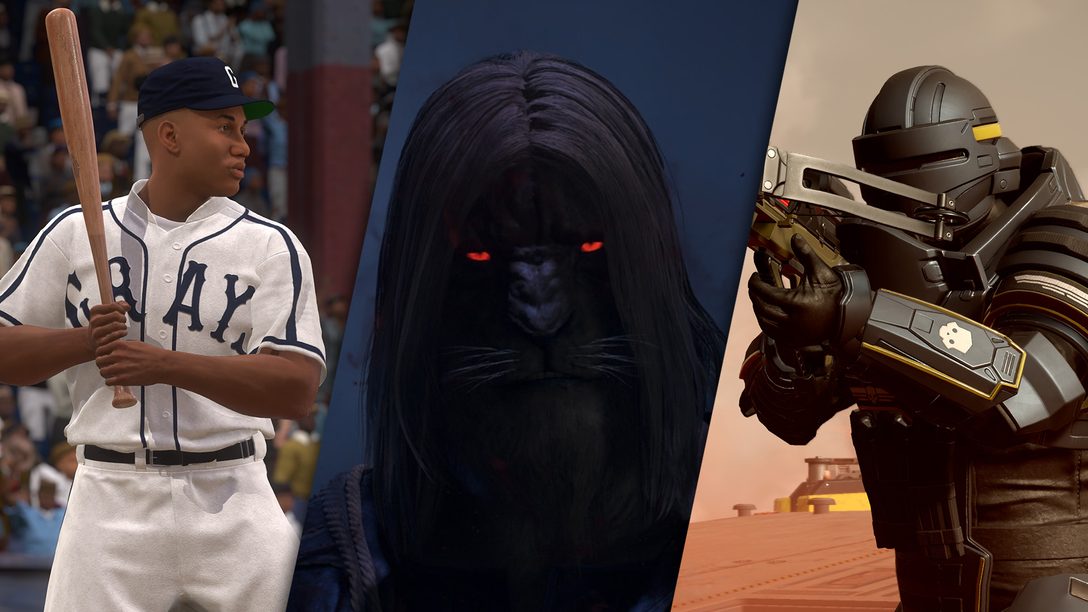




Comments are closed.
7 Comments
Loading More Comments